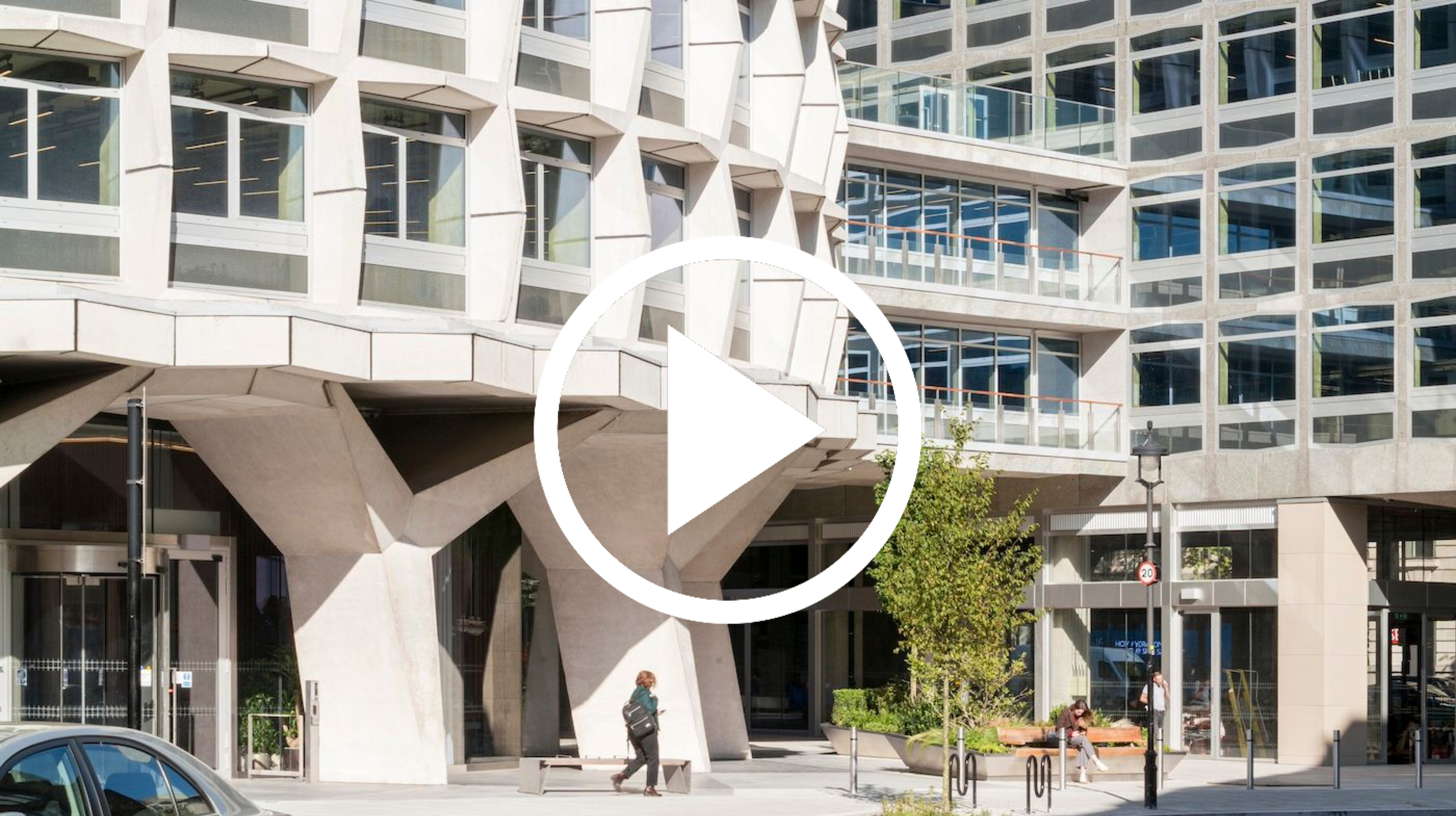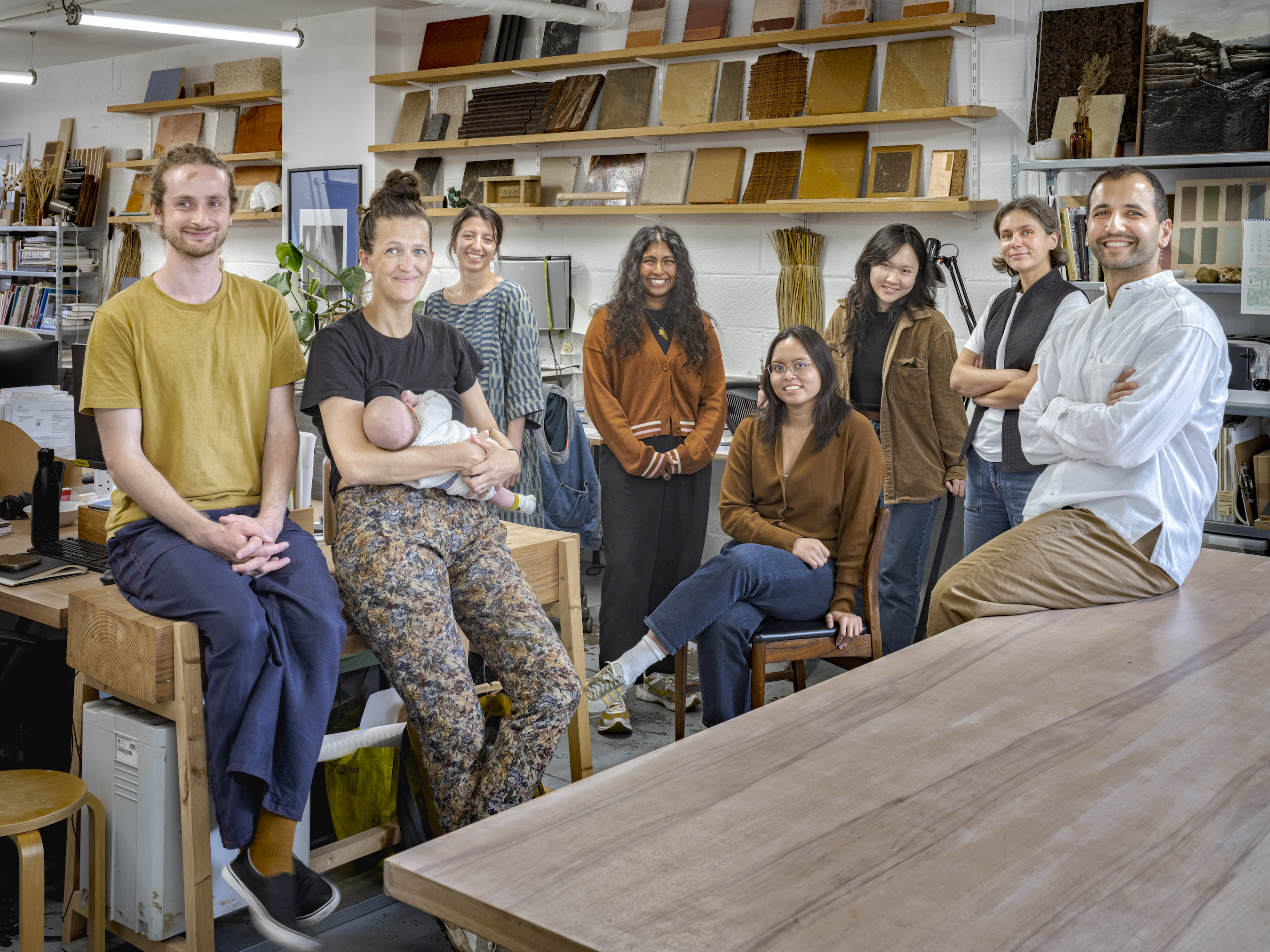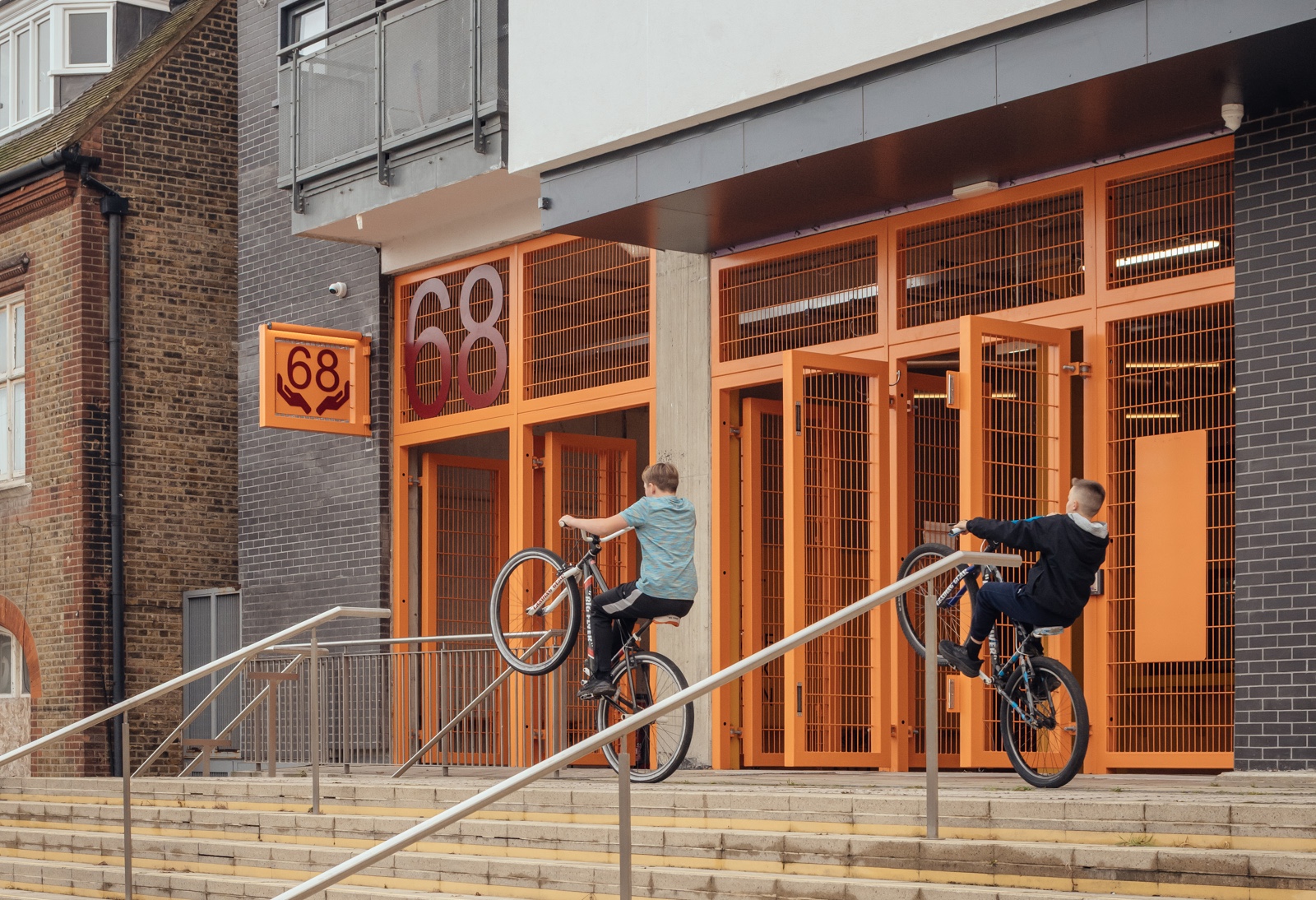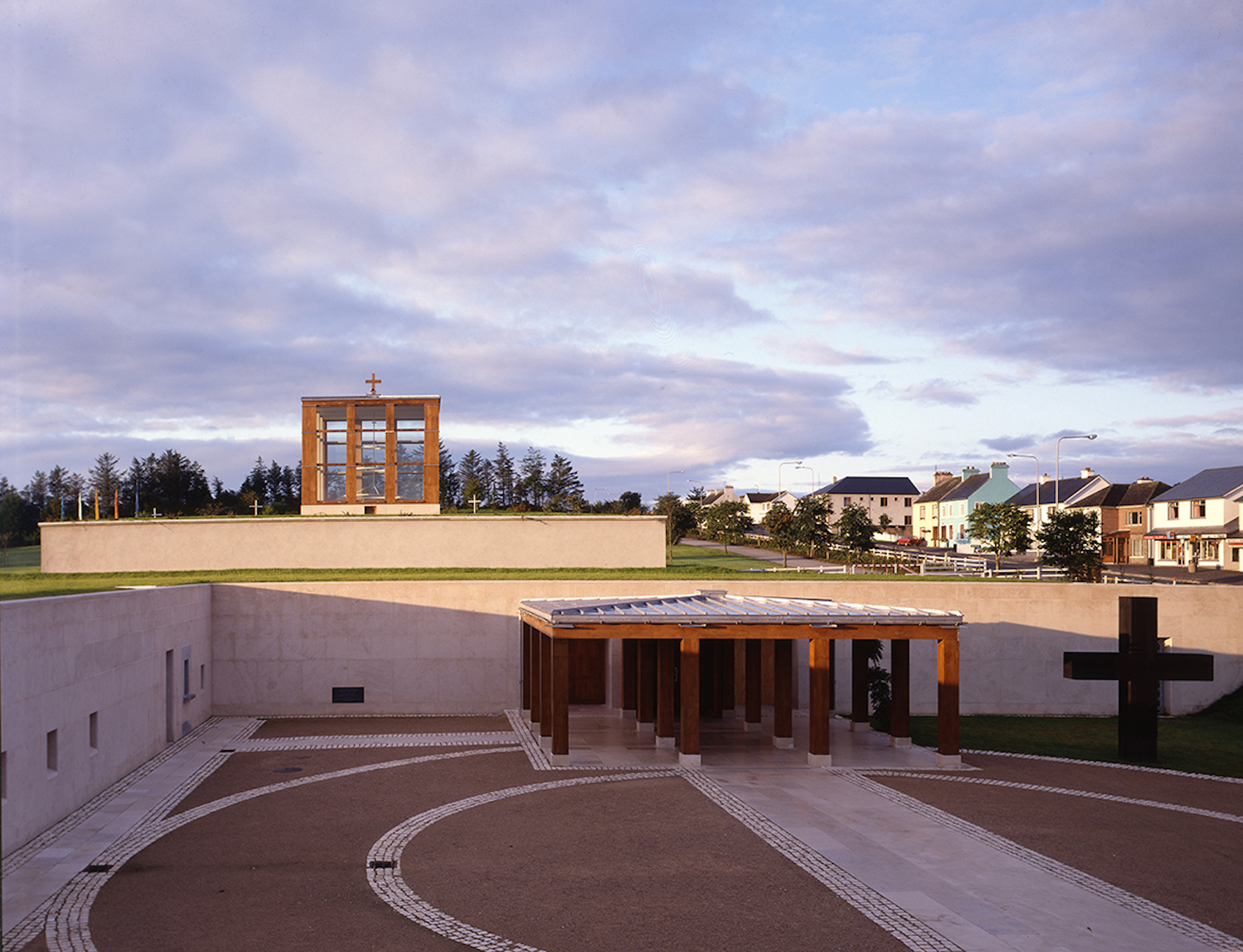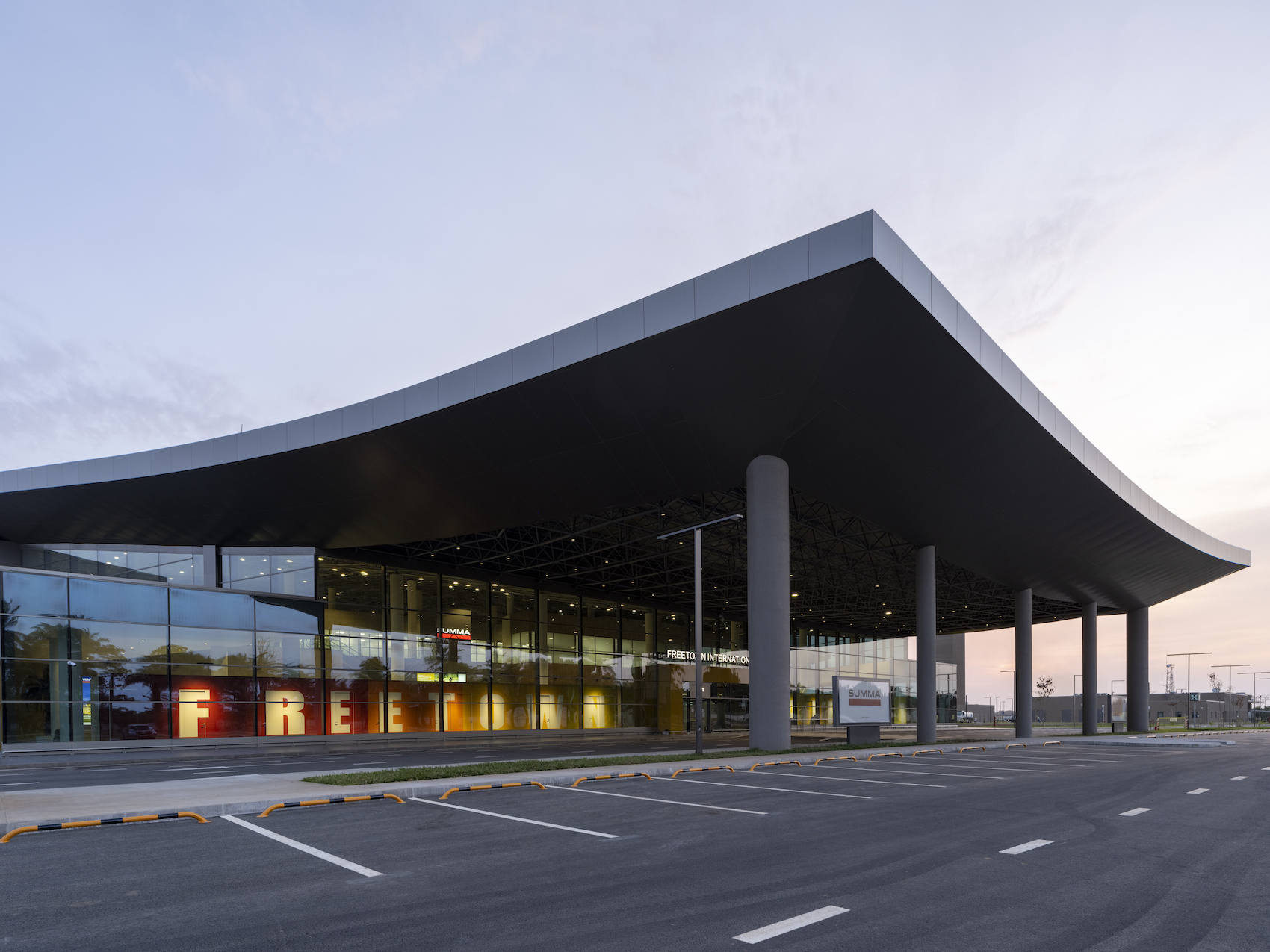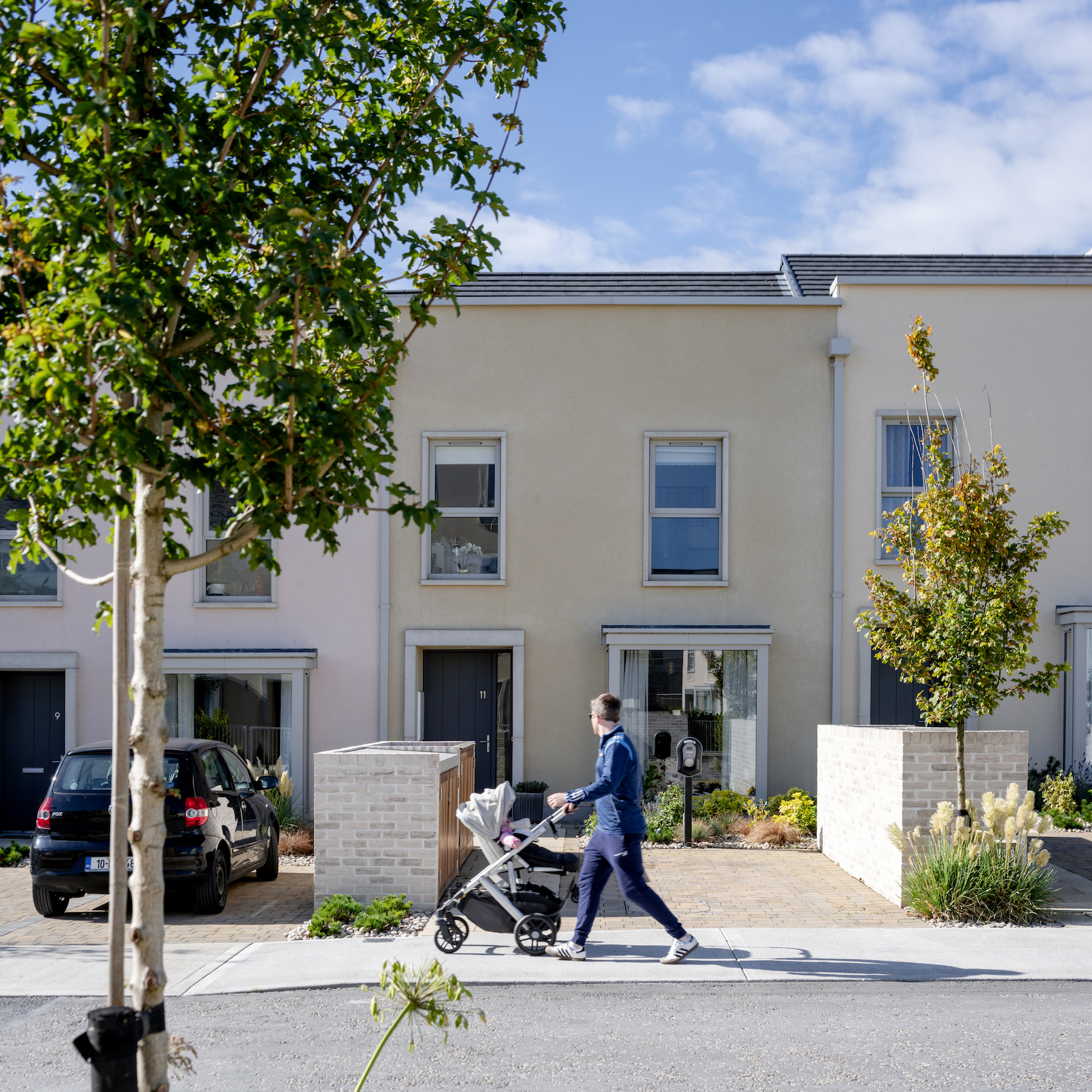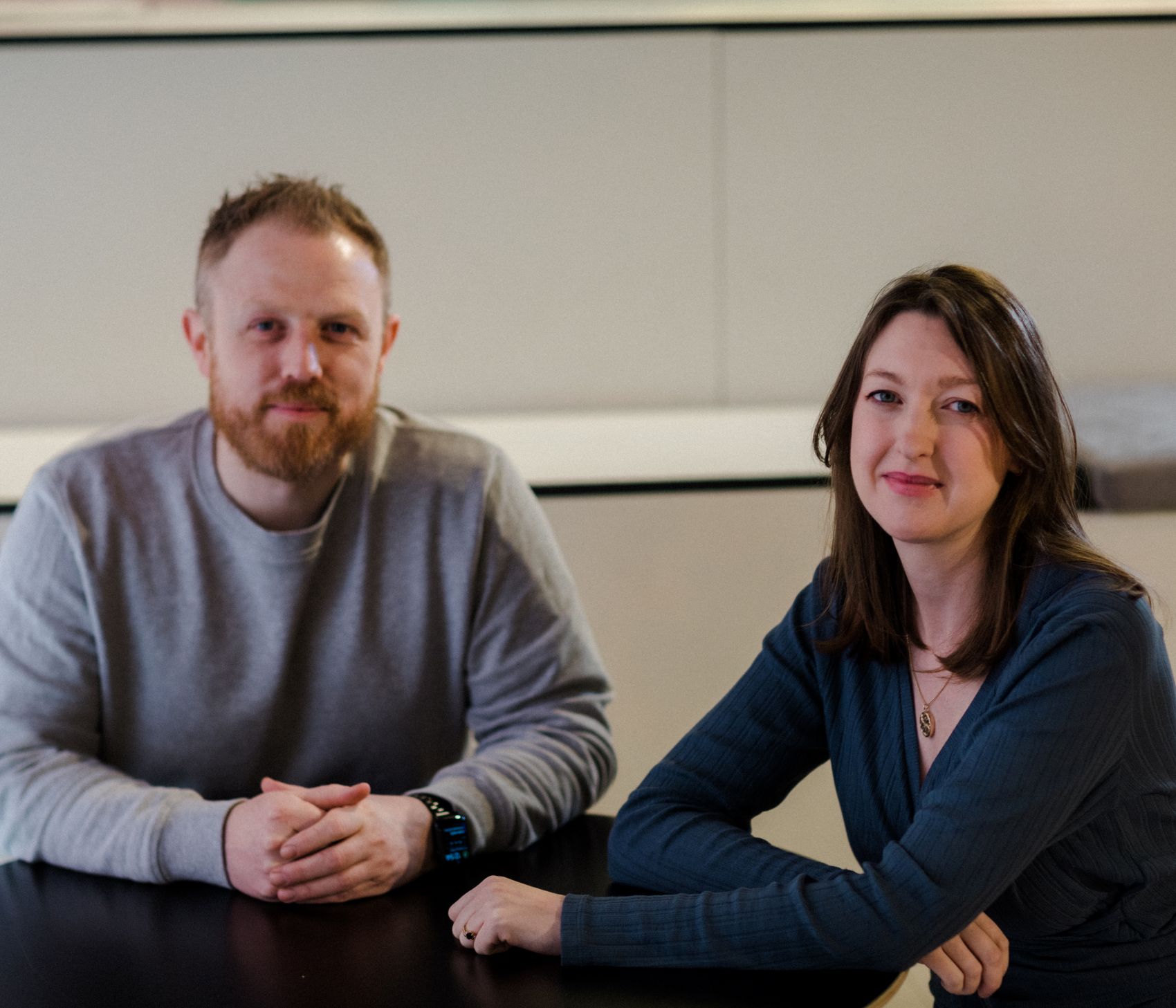Architect, activist and campaigner Duncan Baker-Brown explains why it’s important to have an activist at the helm of the RIBA and unveils his manifesto for change.
What prompted you to throw your hat into the ring for the RIBA presidency?
The RIBA has been a constant throughout my career. The first time I went to the RIBA was as part of a student occupation in the 80s. I was studying part time at the North London Polytechnic under Florian Beigel and had taken a day off from my job, working for my uncle, who had a small architectural practice at Notting Hill. The RIBA was thinking about sanctioning the closure of two architecture schools. We were protesting outside the ARB and then went to Portland Place when we realised how close it was. The AJ published photographs of us sitting on the staircase at the RIBA. I got rumbled when the AJ came out and I was the only student in focus. One reason I studied part-time was because I couldn’t get a student grant, so I had to earn a wage. When I graduated, I had a lot of debt to pay off just like students today. I want RIBA to do more to support routes for students to negotiate getting qualified without being £10,000s in debt.
In addition, most of my full-time Masters students have part-time jobs which is a challenge. Things are tough for students studying architecture, lecturers teaching architecture, as well as early career architects. In fact, it’s tough for most of us at the moment. However, I really believe that RIBA can shine a bright light on the many benefits architects bring to the construction industry, and I would like to accelerate this within RIBA, because we need to reclaim ground lost in the past. The recent changes to the Building Safety Act, and the need to adapt our built environment so that it is low carbon, healthy and climate resilient must be seen as huge opportunities for all architects. I often do workshops in schools, and I am always amazed at how enthusiastic kids are about architecture. Architecture is often a challenge but at times it’s a lot of fun.
I set up the practice because we won the RIBA House of the Future competition in 1993 and I’ve been involved in teaching and research and practice ever since. There was a period when I was busy with my practice in Brighton, when I didn’t have much to do with the RIBA and like many members I didn’t quite understand what it did. But the activist in me was keen to get more involved. I was one of a clutch of architects, with the climate and ecological emergency at the heart of everything we do, who got voted onto RIBA Council in 2021. I’ve since come to realise that there’s a lot of amazing people in the RIBA who are doing incredible work. I think we can sometimes take these people for granted.
It’s really interesting that we now have climate literate activists in influential positions – and that includes Muyiwa Oki who is the current President of the RIBA. It’s a critical time for youth and diversity and change. These people are having an impact on our industry which is profound and really exciting. These are very challenging times for humans and obviously for our planet and sometimes it is difficult to see the positives and progressive changes that are happening under our noses. I’ve made a deliberate effort to find the good positive stuff in my work life. It’s this that keeps me optimistic for humans and for our built environment sector to effect positive change. I absolutely believe in the power of activism to bring about change. I’m part of Architects Declare and ACAN and it’s incredible to see the current groundswell of well-informed positivity and energy within the construction industry. I’ve been to the last two COPS – the petrol state COPS – and the headlines are ever gloomier, but wow, there’s a lot of good stuff going on.
From left to right: rammed chalk experiments by 3D Design & Craft student, University of Brighton; insulation fleece (by Thermafleece) made of waste duvets and wool – prototype developed at Waste House with Nick Gant, Principal Lecturer, University of Brighton; chicken feathers from waste duvets collected in Brighton and used to reinforce plaster made from site spoil; oyster shells from nearby restaurant that throws away 55,000 shells a year; concrete tile made from 100% oyster shells – work in partnership with Nick Gant and Local Works Studio.
What’s your current involvement with the RIBA?
I’m currently co-chair for the Climate Action Expert Advisory Group and I am the Sustainability Champion for the House of Architecture project (the proposed retrofit of RIBA HQ 66 Portland place in London). We are really focusing on how to make retrofit attractive to architects. It’s a huge design opportunity for the profession. There are so many properties that are unaffordable to occupy because of energy bills and have huge carbon emissions, and that make you unwell, with no sense of wellbeing, let alone being climate resilient. We can’t just wrap the whole built environment in insulation and whack solar panels on the roof and say “job done” – that would be dreadful, expensive, and prone to failure. At a really basic level, if we can look at ways to turn the current take-make-and-throw-away linear system into a circular system that will naturally design out waste and regenerate, that’s pretty much job done. However, it’s only notbeing done because of vested interests – the people and organisations who make billions out of the current linear system – and that includes those trillions that go to the fossil fuel companies every year. I’m really excited about the potential our industry has to be really impactful. We need to come up with many different creative solutions. And that’s what architects do best.
I also represent the RIBA on the UK Net Zero Carbon Buildings Standard Steering Group, initiated by Clara Bagenal George, who got LETI going and has had an incredible impact on our industry. There are currently over 350 people working on developing that standard, which will be a set of rules we use to get building regs to recognise embodied carbon. Once that happens and we have to limit the consumption of our meagre ‘carbon budget’, reuse will be the most effective way to transform the built environment, and this will effectively halt demolition.
What would be your key priority as RIBA president?
One of my key priorities is to get RIBA to re-engage with the majority of members who are not part of big practices. Small practitioners make up the majority of the RIBA membership and for me present a vast reservoir of untapped energy and knowledge that needs a light shone on it. For small, regional practices like mine, all we ever do is adapt and extend and retrofit and work out how to make the most impact on a meagre budget. Every small practice knows about that.
The main thing the RIBA needs to do is intensify its lobbying of government, individual ministers and ministries. Whether that’s about Planning reforms, the need for high quality affordable homes, or the transformation of the systems supporting students as they progress towards being qualified architects. We have enough best practice guides to net zero etc. What we need is effective and impactful legislation supporting a just and quick transition to a very low carbon built environment, rather than the current one that consumes half the world’s raw materials mined and harvested every year, and in the UK creates over 63% of our waste to landfill and incineration. RIBA needs to encourage the incumbent UK Government to invest big time in green industries for the future, and that obviously includes supporting the creation of a national retrofit industry. Over the years there have been all sorts of short-term initiatives: a feed-in tariff on solar here, a six-month bit of retrofit there. But we need an established, organised industry. The retrofit sector needs to be subsidised. It needs to have the right training in place. Potentially, it will be a major employer across the whole country, but there’s a real possibility that architects could miss out, so I’m keen that we’re front and centre, and providing clients with cost-effective and varied design solutions that need the sort of creative thinking architects are trained to deliver. The big challenge for the RIBA is communicating why retrofit is a huge design and business opportunity for us all, then shining a light on best practice, diverse practice, and explaining what all the positive outcomes are.
What else is keeping you busy?
I’m running an active research-led practice, often collaborating with other design teams, working on low-carbon retrofit projects, allowing us to test our ideas about using locally-sourced materials (biobased and second-hand), applying closed loop, reuse and circular systems to everyday architecture projects. We kick off projects by doing a harvest mappingexercise, looking at what’s available on site and in the region before we go importing materials from anywhere else. This stuff doesn’t have to be expensive. A rammed chalk wall costs as much to make as an in situ concrete wall. Though we do need to have subsidies and incentives to move away from our old habits of pouring concrete everywhere.
I run a Masters programme at the University of Brighton. And I’ve got two books coming out. The first one, which I’ve edited with Prof. Graeme Brooker, is called The Pedagogies of Re-Use. It captures an amazing digital gathering of students, academics, practitioners and activists that happened at the International school of Re-Construction (part of the EU-funded Interreg FCRBE project led by Rotor), involving over 100 people from countries as far apart as Brazil, Canada, Ireland, UK, Spain, Germany, Greece, UAE and China.
The other book is about the practice of reuse and the application of full-on authentic circular economy in the built environment. It’s an update of The Reuse Atlas I published with the RIBA in 2017 and is case study led. This edition has 40 case studies where the previous one had 24. There are loads of people looking at this now. My LinkedIn page calls for anyone interested in developing the physical and digital infrastructure needed to facilitate the reuse sector to get in touch – people are developing these networks; they already exist! There is obviously any number of buildings that can be deconstructed, but we need the systems (digital and physical) to make sure there’s a supply of material to generate a market for deconstruction and reuse. Lots of architects, engineers and clients are having a go at this, especially, larger clients with multiple buildings. And there’s a huge incentive for demolition companies to get on board, as it adds a pile of value to what they do.
What made you decide to join the jury of the Architecture Today Awards for buildings that stand the test of time?
We have to learn from our mistakes, and we have to really understand what success looks like. And you’re not going to do that with a brand-new shiny building that happens to look great in a magazine. The essence of architecture is how it meets the needs of its incumbents over time. People can say a building has been built to last because it’s constructed from materials that will last for 100 years. But if it isn’t functioning for its occupants, it will be demolished long before then. That’s why these awards are really interesting. In the ‘80s we were taught never to go back to the buildings we design because the occupants will have ruined it. I had the book How Buildings Learn by Stewart Brand. That book was deeply unfashionable, and I was always a bit embarrassed by it, but it’s shaped everything I’ve done since.
Duncan Baker-Brown at Waste House with hands on mycelium insulation plus bricks made by hydraulically compressing waste material (by Local Works Studio) plus a sample of straw insulation supplied by research partners the University of Bath. The background is dismantled and reused ‘waste totem’ created for FutureBuild.
ARCHITECTS ADD VALUE, LET’S SHOUT ABOUT IT
There’s a lot of well-informed discussion about how architects have lost ground to other consultants in our sector, resulting in reduced fees for our services which also hinders our ability to pay our brilliant, employed staff the money they deserve. Architecture doesn’t often pay well and we are often trying to outbid each other with poorly structured fee bids just to get the work. Often, we are bidding against consultants who are not fully qualified. There is a strong case to protect the function of an architect. Recent updates in the Building Safety Act as well as the huge challenges presented by a climate and ecological emergency need the creative and diverse solutions that architects throughout the world bring to a challenge. Given the support of the RIBA we can convince clients and governments of the value of what we do. RIBA needs to invest and develop a short, medium and long-term ambitious and comprehensive communications plan explaining the massive potential of our membership community and the value of the services we provide.
NEW WORK OPPORTUNITIES
Focus on shining a light on the huge opportunity that is the creative adaptation of our built environment so that it is fit for purpose, accessible, affordable to occupy, low carbon, healthy and crucially climate resilient. This will include highlighting best practice across the UK and beyond, whilst lobbying government to include embodied carbon benchmarks in Building Regulations and support a stable and expanding retrofit industry. One of my main ambitions is to get the whole of our membership engaged with the massive opportunity for work that a creative and diverse approach to retrofit presents us all. We have an opportunity to lead this embryonic industry – it would be a massive loss to others who see it as simply applying external wall insulation and solar panels to our homes and workplaces. We need our members to provide creative, diverse, cost-effective, and impactful solutions to this challenge, and it is often small practices who are already well versed in doing just this. We can apply a similar argument to the opportunities presented by meeting the demands of the Building Safety Act.
EDUCATION
I studied part-time for my degree whilst working for an architect four days a week. I came from a working-class family without the money to support me through my degree. However, studying part-time gave me huge opportunities and set me up very well, but it was hard, and I ended up with a lump of debt a bit like most students have today. In addition, in my capacity as Principal Lecturer and Climate Literacy Champion at the University of Brighton, I am very much aware of the huge challenges presented to all our students and academics trying to navigate their way through increased debt, having to hold down jobs whilst studying full-time, reduced staffing numbers and a need to make sure we are teaching and learning the right stuff. I will be lobbying RIBA to be a louder and more present voice in the current and future discussions around making our wonderful subject area more accessible to as many people as possible, whether they want to work (or have to) part-time or not. We need to spread out our community of learners much further.
SUPPORTING SMALL PRACTICES
Running a small to medium practice has never been easy. I will work to make sure that RIBA has small practices in mind and develop cost-effective access to the currently unaffordable NBS, better and more affordable PII cover. We also need an affordable way to train and sign up to the RIBA Principal Designer Register, Conservation Architect Register, as well as the forthcoming Lead Carbon Designer Register. A great idea but where will small practices find the money to sign up? I will also look at ways to engage a lot more with regional practices; for RIBA to promote the brilliant work being done across the nation. This could be an extension of the current LIF programme, especially if 66 Portland Place is closed for renovation for 3-4 years. I would suggest that the budget used to facilitate events at Portland Place would be handed over to the regions who would each get a period of, say 3-4months, where they are in effect running the nation events programme for RIBA. A bit like the FA did when Wembley Stadium was closed for redevelopment and region stadiums held the international games.
INCREASE LOBBYING OF GOVERNMENTS
One could argue that over the last four years or so our industry, with RIBA very much included, has produced more than enough guides to low carbon construction. I believe, that as a creative community, we know what to do. With the exception of the forthcoming UK Net Zero Carbon Building Standard which could be extremely impactful (I sit on the governance board), RIBA should now focus more on using its substantial powers to lobby our governments and ministers to create the legislation required to support an authentic low carbon and just transition supporting a green construction economy that would of course include retrofit and creative reuse. And while we are thinking of lobbying, there are many other issues such as an urgent need to increase the construction of high-quality affordable housing, the protection of function, an authentic just transition, etc. that the RIBA can lead on.





